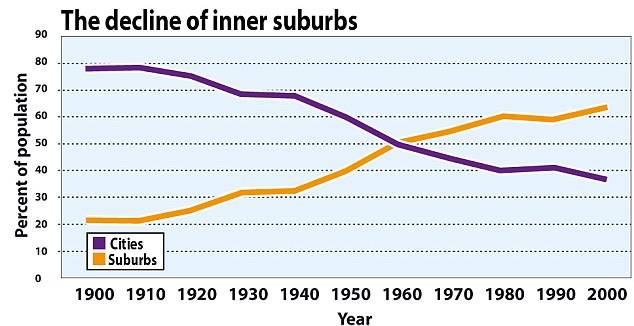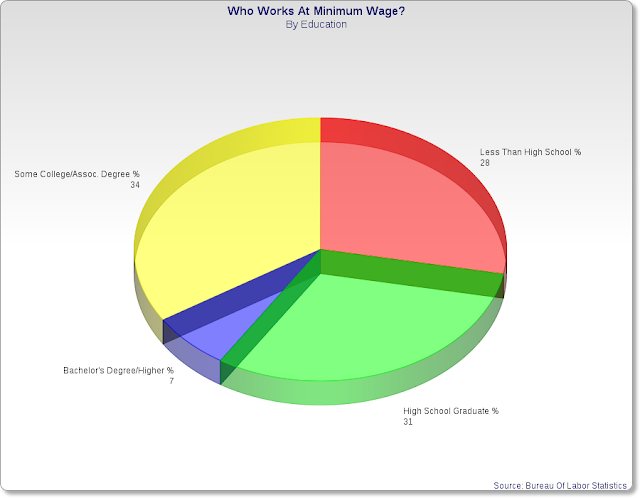Jackinthebox
Member
- Nov 30, 2014
- 814
- 40
- 18
- Thread starter
- #81
Sorry dude but despite your attempts to argue with personal anecdotes and fond memories, the hard data proves you wrong every time.I don't know what country you live in, but where I live, basics like gasoline have quadrupled just since I entered the job market as a teenager. Even adjusting for inflation, I can only get about HALF as much gasoline to get me to and from a min wage job, for every hour worked.
Inflation adjusted gas is currently similar in price, min wage is higher, and avg mileage is double.
Your "hard data" is using a practical source. You are using the wrong tool. Inflation calculator alone does not measure standard of living or the general purchasing power of the dollar for basic necessities. It is a weighted average. You do understand what a weighted average is?




